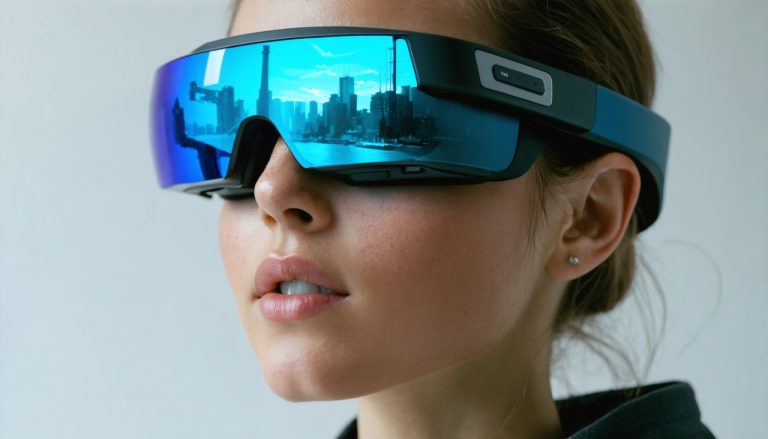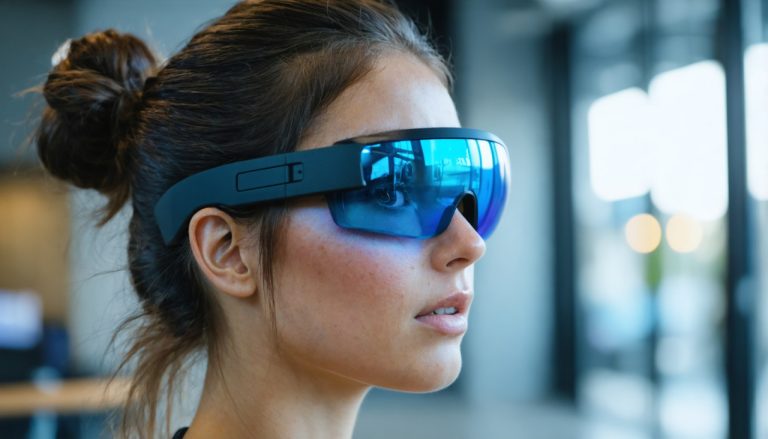
- Smartphone and tablet overuse can lead to physical issues like “tech neck” and digital eye strain, affecting posture and eye health.
- Prolonged screen time is linked to an increased risk of obesity, diabetes, and heart disease due to sedentary behavior.
- Digital interactions may compromise social skills, fostering anxiety and over-reliance on virtual validation.
- Disrupted melatonin production from screen exposure hinders sleep quality and patterns.
- “Digital sugar” describes the addictive nature of notifications, providing dopamine-driven pleasure similar to a sugar rush.
- Simple changes, like screen-free zones and engaging in physical or creative activities, can help mitigate technology’s adverse effects.
- Reclaiming time from screens enhances real-world connections and overall well-being.
Picture the scene: your head bows over a glowing screen, fingers tapping in endless rhythm, eyes locked in an unblinking trance. But behind this familiar image lies a growing concern about how technology may be reshaping our bodies and minds.
In the digital age, smartphones and tablets have become indispensable companions, but our modern convenience bears an unforeseen weight. On average, UK citizens now spend five and a half hours each day tethered to screens, an activity that often sneaks past our consciousness like a dusty book sat unused on a shelf. With a quarter of the population expressing worry over smartphone overuse, it’s a concern that’s starting to speak louder through the haze of blue light.
While technology offers a cornucopia of benefits, its flipside reveals troubling symptoms. A new phenomenon dubbed “digital sugar” captures the essence of our collective tech obsession. Much like the rush from a sugar high, every notification we receive sends a pleasurable rush of dopamine surging through our brains, making our gadgets just as alluring as candy.
The physical consequences of our digital dependency tell a sobering story. Frequent screen use can result in “tech neck,” a condition where the head juts forward and strains the cervical spine, leading to chronic pain and posture problems. Chiropractors warn that our reliance on screens could set the stage for a kyphotic, hunched-back posture, discomfort steadily accumulating over time as tight chest muscles and weakened backs become the new norm.
The price of screen time too often comes at the cost of our well-being. Extended hours in front of computers can lead to digital eye strain, a bane of modern living where eye fatigue becomes a common companion. Health professionals remind us that sedentary habits, compounded by excessive screen use, elevate risks for obesity, diabetes, and heart disease. Even our sleep is not spared—those glowing screens disrupt melatonin production, skewing our sleep patterns and fostering sleepless nights filled with vivid reflections of a digital world.
Socially, the impacts cut deep. Software earns our affection but at a social price, as reliance on virtual interactions stunts real-life social skills and mounts feelings of anxiety and inadequacy. The perfect photo may garner likes and comments online, but in its pursuit, we sometimes lose touch with genuine interaction, causing confidence to teeter on the edge of that digital validation.
But there are ways to reclaim control over our screen time with small, mindful changes. Identifying triggers that drive our digital habits and setting intentional screen-free zones can make a difference. Creative pursuits, physical activities, and socialization outside the screen’s glare can cultivate a balanced lifestyle.
Technology is a tool, not a master. Recognizing when to unplug and engaging with the world around us—eyes lifted, posture aligned, hearts open to genuine conversation—provides the chance for a healthier, more connected life. The choice lies in discarding habitual scrolling for a world enriched by presence and clarity. So, are we ready to reclaim our time from screens, to forge connections in the real world and savor the moments that matter?
Are Our Screens Secretly Sabotaging Our Well-being?
Emerging Trends and Concerns
In an era where screens dominate much of our daily lives, the average UK citizen spends approximately five and a half hours daily on electronic devices. This relentless screen time has sparked widespread concerns, particularly surrounding smartphone overuse, which affects a quarter of the population—a trend mirrored globally as other societies also grapple with digital overindulgence.
The allure of screens is increasingly likened to “digital sugar,” where the rush of dopamine from notifications mirrors the high experienced from actual sugar consumption. Here’s a deeper dive into this digital dependence.
Consequences of Prolonged Screen Time
Physical Health Impacts
– Tech Neck and Posture Issues: Extended screen use causes “tech neck,” a condition leading to chronic posture problems. Chiropractors report an increase in posture-related issues, indicating the need for ergonomic awareness and preventive exercises.
– Digital Eye Strain: Eye fatigue, headaches, and blurred vision are common ailments linked to prolonged screen exposure. Implementing the 20-20-20 rule—looking at something 20 feet away every 20 minutes for 20 seconds—can alleviate symptoms.
– Sedentary Risks: The correlation between excessive screen time and sedentary lifestyles elevates risks for obesity, diabetes, and cardiovascular diseases.
Mental and Social Health Effects
– Sleep Disruption: Blue light from screens interferes with melatonin production, disrupting sleep cycles and leading to insomnia. Using blue light filters and setting devices aside an hour before bed can help.
– Social Skills Decline: Virtual interactions often replace face-to-face communication, resulting in a decrease in real-life social skills and an increase in social anxiety.
Strategies to Mitigate Screen Overuse
How-To Steps for a Balanced Digital Life
1. Set Screen-Free Zones: Designate areas in your home or certain times, such as during meals, to be free of screens, fostering personal interaction.
2. Digital Detox: Schedule regular detox days where all non-essential technology use is paused, encouraging engagement in offline activities.
3. Mindful Use: Track and limit screen time using apps designed to monitor usage, helping identify patterns and triggers that lead to overuse.
4. Ergonomics and Exercise: Invest in ergonomic furniture and take regular breaks to stretch and walk, which promotes good posture and reduces strain.
Market Trends and Future Directions
– Increased Awareness and Solutions: The surge in awareness regarding digital well-being has prompted technological innovation, with apps designed to block notifications and monitor usage.
– Industry Responds with Tech Wellness Features: Companies are introducing features like dark mode, screen time trackers, and usage limits to help consumers manage their digital consumption.
Actionable Recommendations
– Embrace Outdoor Activities: Engage in outdoor physical activities, hobbies, or sports that provide a natural break from technology.
– Foster Real-Life Connections: Prioritize face-to-face interactions to build social skills and establish deeper personal connections.
– Education and Advocacy: Educate others on the impacts of screen overuse and advocate for digital literacy, focusing on technology’s role as a tool rather than a lifestyle.
For further information on screen time management and digital well-being, visit the credible resources at nhs.uk.
In conclusion, while technology is a powerful asset, reclaiming balance is essential. By consciously limiting screen time and promoting physical and social activities, we can enhance overall well-being and foster a more connected, present life.



